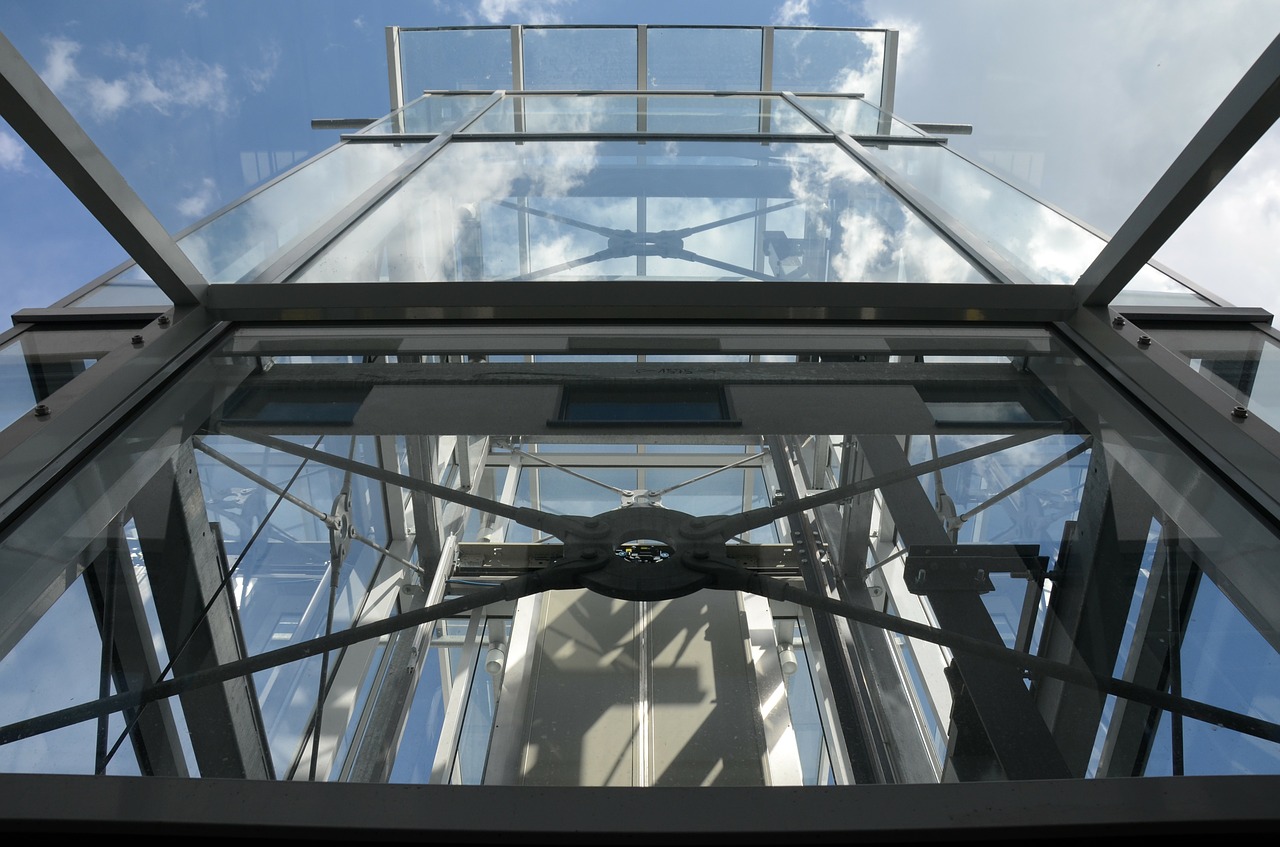Whether you are a building owner or contractor, knowing the laws and requirements regarding elevators is crucial. Installing an elevator is one of the most common ways the owners of commercial buildings make their spaces accessible to the public. But, not every building needs an elevator. Here, Vanguard Elevator discusses ADA requirements and other laws regarding when it comes to having an elevator in a commercial building.
Questions To Consider
- How do local, state and national building codes apply?
- Do you need a designated elevator for certain floors?
- How will the elevator be used? Does the size of the elevator matter?
- How long do I want people to wait?
- How high is it going and how many stops will it make?
- What are peak hours of usage? Does the elevator traffic flow right during peak hours?
- Who are the primary users?
- What is the total square footage?
The goal of an elevator is to provide effective service to the greatest number of occupants, with the lowest possible wait times, when traffic is the highest, to allow flow for the passengers as fast as possible. With all that, here are the general guidelines or rough estimates for the number of elevators you may need, based on the type of building that you are building.
Commercial Buildings
- For commercial buildings, one elevator is required for every 50,000 square feet in use. For every two floors you go up, consider adding an additional elevator to accommodate the traffic.
- No bank of elevators should serve more than sixteen total floors or more.
- A service elevator should be considered if the building is over four or more floors. At 10+ floors a service elevator is a general code requirement. At that number of stops without a service elevator, traffic will not be effectively moving in the building.
Hotels
- For most hotels, one elevator is recommended for every 75 – 80 rooms. Even if your hotel is only two stories it is important to have an elevator for ADA code.
- For every four floors, it’s suggested to add another elevator.
- The distance between the elevator and the furthest room should not exceed 150 feet.
- For every two standard passenger elevators, a service elevator should be added. Maintenance, moving furniture, laundry and other services make this elevator necessary.
- Keep in mind that special event rooms, convention areas and especially big lobbies or meeting room areas can expand the need for elevators to keep the distance to the room from the elevator small.
Apartments & Condos
- For every 90 – 100 units there should be an elevator in multi-family complexes. The greatest distance between the elevators and the farthest apartment should not exceed 150 feet.
- Higher-end, multi-family complexes should have one elevator for every 50 – 60 units for convenience and to reduce wait times.
- Ceilings need to be higher than average elevators to accommodate furniture or other large items. The capacity for one of the elevators should be no less than 3500 lbs. When over 9 floors a freight elevator is definitely recommended to ensure better traffic flow, but consider one for four floors or more.
- The building code generally requires at least one stretcher model for 4 stories and above.
Healthcare Buildings
- Especially in light of the COVID-19 pandemic, if possible, separate elevators for visitors, patients and staff is essential in healthcare facilities.
- At least two elevators should be provided for every 100 hospital beds or 50 patient care rooms for the patients and visitors.
- Separating patient use from visitors may also be a consideration depending on the purpose of the medical facility.
- A designated elevator should be utilized for contaminated personnel or material.
- Add elevators if warranted for operating areas; kitchens, cafeterias, laundry, medical supplies, etc.
- Due to security concerns, additional limited access elevators are sometimes required.
Depending on the building, every code is going to be different. It’s important to know the rules, codes and regulations beforehand when installing an elevator or building a new building.
ADA Requirements
If you are a business that operates with three floors or more, you are required to have a public elevator, which is also required to be ADA accessible. These elevators must adhere to strict specifications. First, the elevator must be placed in a spot that is public and easily accessible. The cart in the elevator must be 51″ deep X 68″ wide, minimum, as it needs to be large enough to accommodate a wheelchair and the person needs to be able to turn around inside of it. The door must measure at least 36″ wide, and must remain open for at least three full seconds in response to a call, as well as have a reopening device that detects when something is in the doorway.

Looking To Get An Elevator Installed? Call Us Today!
Vanguard Elevator is committed to providing the highest level of service for all of your vertical transportation needs. On every job, we strive to deliver quality service at an exceptional value. Whether you need maintenance, modernization or new construction, we will provide the same high-quality service that our organization is founded on. Give us a call today!

